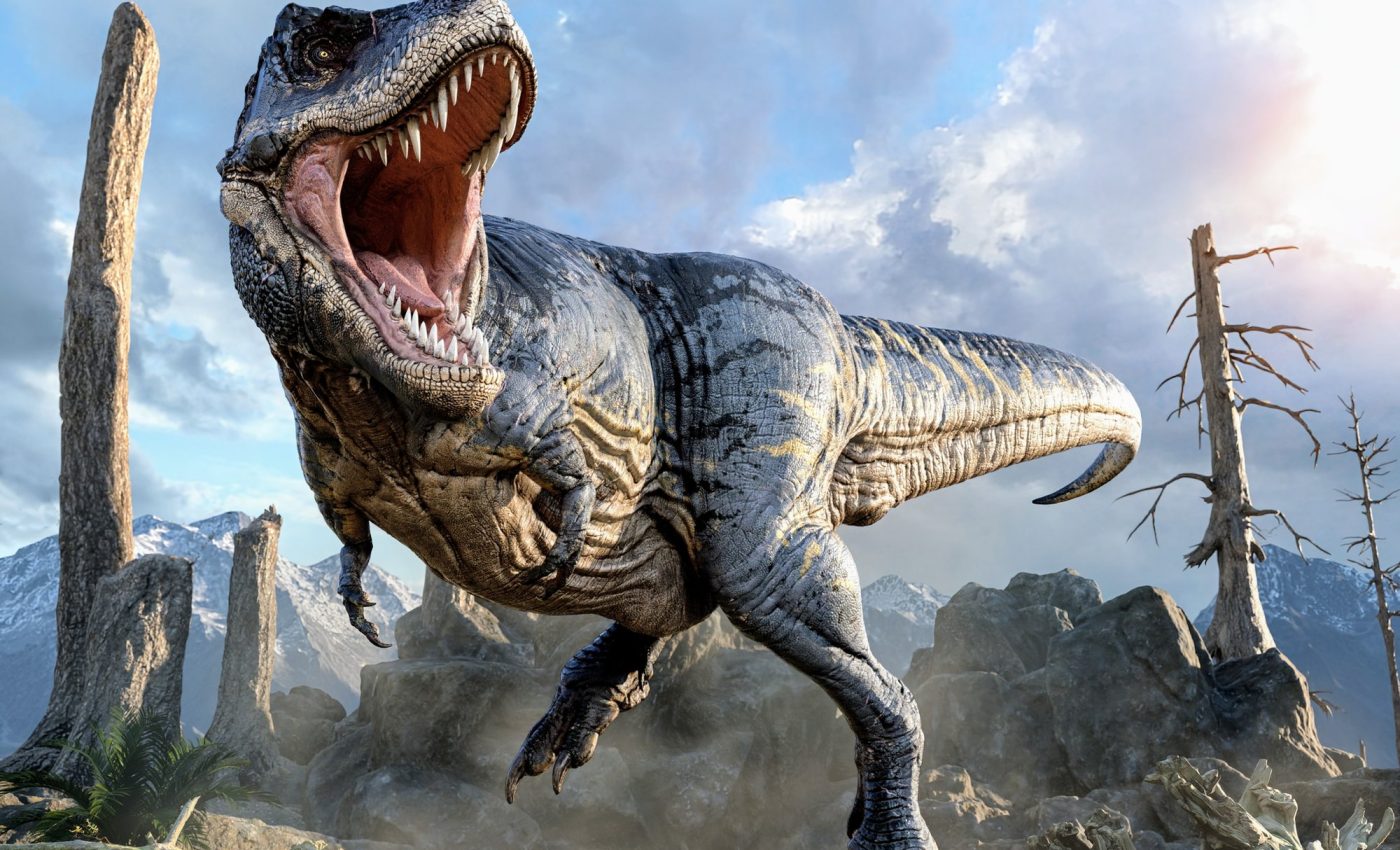
T. rex was about 70 percent bigger than we thought
A new study, published in the scientific journal Ecology and Evolution, has recently explored the potential maximum sizes of dinosaurs, specifically focusing on the famous Tyrannosaurus Rex.
Dr. Jordan Mallon of the Canadian Museum of Nature and Dr. David Hone of Queen Mary University of London used computer modeling to estimate that T. rex might have been 70 percent heavier than current fossil evidence suggests.
Earth’s largest animals
The researchers aimed to understand how dinosaurs could have evolved to such massive sizes. The study highlights that most known dinosaur species come from just a few specimens, making it unlikely that we have discovered the largest individuals.
“Dinosaurs are the largest animals ever to have walked the earth. Accordingly, they inspire awe among the public, and frequently the question is asked: ‘Which is the biggest?’ But which is the biggest dinosaur (or example of some subclade or ecological guild) ever found and which is the biggest that ever lived are two separate considerations,” noted the researchers.
“The first is relatively straightforward to answer, notwithstanding complications in estimating body mass and comparing skeletons of variable completeness. The second consideration is the more difficult to address.”
Analyzing the size of T. rex
To address this, Mallon and Hone created computer models considering variables like population size, growth rate, lifespan, and the incompleteness of the fossil record. The T. rex was chosen due to the extensive data available on this iconic dinosaur.
By using living alligators as a reference for body-size variance at adulthood, the researchers modeled size differences with and without considering sex differences.
The team found that the largest known T. rex fossils likely fall in the 99th percentile, representing the top one percent of body size. However, discovering an individual in the top 99.99 percent would require another 1,000 years of fossil excavation at the current rate.
Surprising size of T. rex
According to their computer models, the largest individual T. rex that could have existed may have been 70 percent more massive than the current largest-known specimens, potentially weighing up to 15 tons compared to the previous estimate of 8.8 tons.
Additionally, these giant T. rexes could have been 25 percent longer, reaching up to 15 meters.
Dr. David Hone, from Queen Mary University of London, emphasized the significance of their findings, noting that there are hints of larger individuals in isolated bones and fragments. This suggests that larger dinosaurs existed but have yet to be discovered.
“Some isolated bones and pieces certainly hint at still larger individuals than for which we currently have skeletons,” he said.
Broader implications of the study
The study contributes to ongoing debates about the biggest fossil animals. Many of the largest dinosaurs are known from a single specimen, making it difficult to determine if that individual represents the average size of the species. Thus, the largest displayed skeletons in museums might not be the largest individuals of their species.
“Our study suggests that, for big fossil animals like T. rex, we really have no idea from the fossil record about the absolute sizes they might have reached. It’s fun to think about a 15-ton T. rex, but the implications are also interesting from a biomechanical or ecological perspective,” said Dr. Jordan Mallon, a paleontologist at the Canadian Museum of Nature.
“It’s important to stress that this isn’t really about T. rex, which is the basis of our study, but this issue would apply to all dinosaurs, and lots of other fossil species. Arguing about ‘which is the biggest?’ based on a handful of skeletons really isn’t very meaningful,” Hone added.
Understanding the true size of T. rex
The study provides new insights into the possible sizes of the T. rex and other dinosaurs, suggesting that the largest individuals were likely much bigger than those currently known.
By using computer modeling and considering various factors, the researchers have opened up new possibilities for understanding the true scale of these ancient giants.
Body sizes of fossil species
The researchers noted that the findings serve as an important reminder that body size comparisons of fossil species should entail ontogenetically controlled statistical parameters (e.g., means and variances).
“Simply comparing the largest known individuals ignores the realities of intraspecific variation and sampling intensity, and is more likely to lead to claims that are debatable, if not outright misleading,” wrote the study authors.
“We maintain that the rigid pursuit to establish ‘which is biggest’ can distract from more interesting biological questions posed by the immensity of the non-avian dinosaurs.”
—–
Like what you read? Subscribe to our newsletter for engaging articles, exclusive content, and the latest updates.
Check us out on EarthSnap, a free app brought to you by Eric Ralls and Earth.com.
—–













